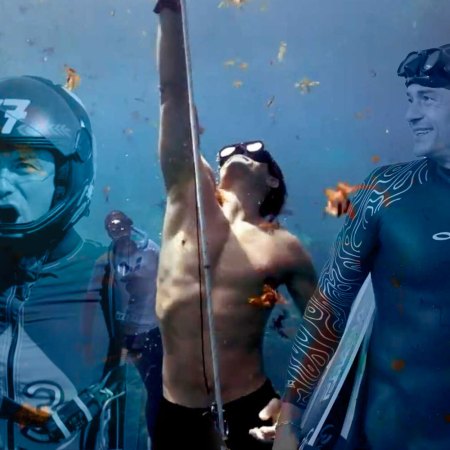If you saw — or were perhaps nauseated by — the 2013 documentary Blackfish, on the morally dubious practice of holding orcas in captivity, you will be heartened to know that SeaWorld, the film’s villain, announced recently that it will phase out its killer whale shows.
It’s a sign of the (evolving) times, as wild animals are allowed to be exactly that: wild.
Observing an animal in its natural habitat, or as far from Orlando as possible, can be soul-stirring and paradigm-shifting. Multiply that by an exponent if you have kids: if you’re looking to breed the next generation of zoologists, marine biologists and good old stewards of the planet, few things will get them there faster than communing with the animal kingdom while young.
So plan your next big trip around an animal encounter: awe and inspiration guaranteed.
Image via Camp Jabulani
Elephants
If you haven’t fallen in love with elephants by the end of a stay at Camp Jabulani, there’s no helping you. On the Kapama Game Reserve, north of the great Kruger National Park, Camp Jabulani provides homes for abandoned, orphaned or endangered elephants — including a herd removed from Zimbabwe, where civil upheaval threatened their existence. Stay in one of the camp’s six luxurious suites and plan to strike out into Kruger after your stay here.
Gemsbok (Oryx)
There’s a reason the gemsbok (aka oryx), with its distinctive, lethal-looking horns, is on the Namibian flag: even at an average of 400-500 pounds, this is a singularly elegant animal. Outside of their unlikely residence at New Mexico’s White Sands Missile Range, you can find them in southern Africa at wildlife centers like Etosha National Park, which is also home to populations of endangered black rhino, elephants, zebra and more. Base yourself at Little Ongava, a resort in the neighboring Ongava Game Reserve, which benefits from unrestricted, unfenced animal wandering between there and Etosha.
Sea Turtles
If you time it right and have a little luck, it’s possible to spot baby sea turtles as they make their way from their nests to the ocean — an experience made of pure, unfiltered biological magic. Contact the Sea Turtle Conservancy, which offers a number of ways to get involved with sea turtles, from guided tours along turtle nesting areas in Florida, including the Archie Carr National Wildlife Refuge, to a two-week course in Bermuda on turtle conservation.
Sharks
A new marine wildlife sanctuary in the Galapagos Islands — at 15,000 square miles, it’s bigger than the nation of Belgium — will do its part to stabilize the dwindling worldwide population of sharks, which continues to suffer from overfishing. This area also claims one of the highest densities of sharks in the world: a situation that will only improve with the new “no-go” fishing orders in place. If you’re brave enough, get in the water with them with a local SCUBA outfitter like Dive the Galapagos. “Between July and mid-November, the odds of sighting whale sharks are roughly 99%.”
Those Japanese Monkeys That Hang Out in Hot Springs
Officially known as the Macaca fuscata, the Japanese macaque, or snow monkey, these photogenic, pink-faced animals are the stars of the hot springs of Jigokudani Wild Monkey Park in Nagano, Japan. This is not an undiscovered attraction, and tourists show up every winter to photograph the monkeys chilling in their baths. For a more comprehensive travel experience, consider the Sacred Monkey Forest Sanctuary in Ubud, Bali. The monkeys can be aggressive, but Ubud is terrific.
This article was featured in the InsideHook newsletter. Sign up now.























